By Alisha Kadam
Meet your coyote neighbours
Coyotes are a small canine species that are found throughout Alberta and all of North America. Typically, coyotes are about the size of a border collie or a small german shepherd dog and have a characteristically bushy tail which makes them look larger than they actually are (1). Coyotes are much smaller than wolves and are often solitary, except leading up to mating season in mid to late-winter.
Coyotes are a highly curious and adaptable species, living in deserts, swamps, tundra, grasslands, brush, dense forests, from below sea level to high mountain ranges, and at all intermediate altitudes (2). They are also omnivores, and will readily eat fruits like watermelon and peaches in addition to hunting small mammals like rabbits, squirrels, and rodents. So, it is no surprise that coyotes have learnt to capitalize on the various sources of food and shelter that are available in urban and suburban areas!
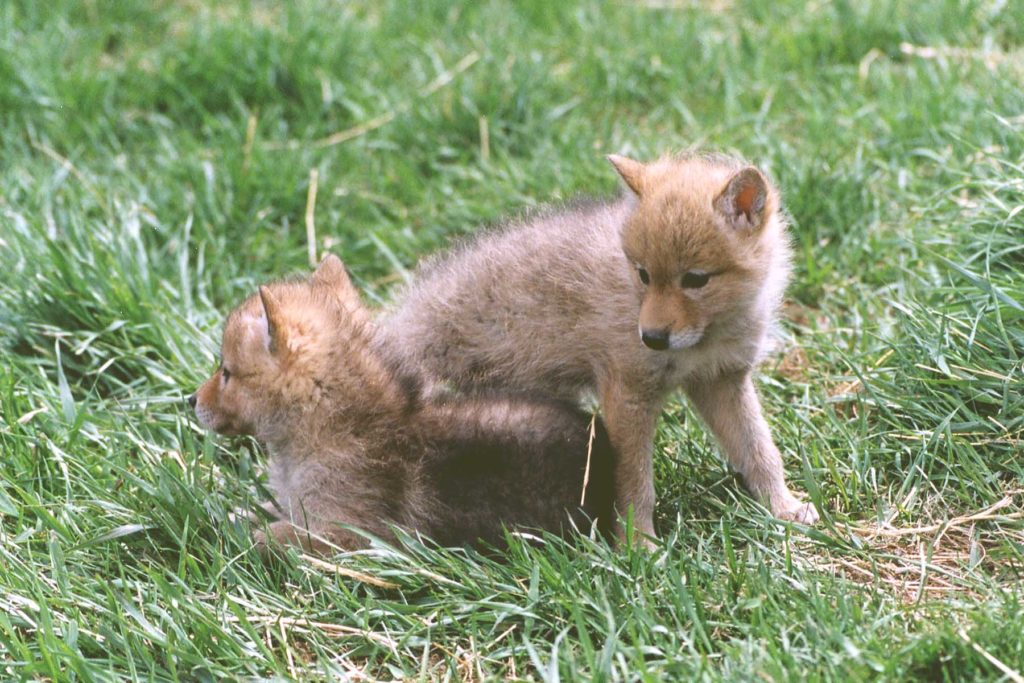
Why are coyotes in urban areas?
Coyotes are attracted to urban areas because of the plentiful food sources (rodents, human food waste, compost, bird feed) and shelter (river valleys, parks, backyards). In the wild, coyotes have to compete for territory with wolves, lynxes and cougars, but these animals rarely venture into urban areas, making them more attractive for coyotes. As cities continue to grow and encroach upon natural areas, coyotes have learned to thrive there by mostly being active at night hunting or scavenging, and avoiding direct human contact. Coyotes are often viewed as a nuisance or public risk in urban areas but they can actually contribute towards keeping down populations of pests in the city.
Previous efforts to remove coyotes in North American cities using live trapping and leg snaring have failed as coyotes learn to evade traps very quickly. Additionally, these measures can pose serious health and safety risks when used in proximity to people and their pets (3). Similarly, culling or relocating urban coyotes does not work. A research study in Alberta found that coyotes exhibit “plasticity” in their breeding behaviour, meaning that sudden pressure from culling can prompt them to start having larger litters. Relocating coyotes only moves the problem to another neighbourhood, and meanwhile a different coyote will likely move into the first area soon after (6).
Instead, modern wildlife management focuses on “aversive conditioning”, which is a non-lethal control method.This practice attempts to change an animal’s behaviour by making all human-coyote encounters unpleasant for the animal. For example, an initiative started in Edmonton in 2020 involves groups of volunteers who patrol coyote-prone neighbourhoods in the city. Upon encountering a coyote, if the animal doesn’t flee when approached, volunteers will throw tennis balls in the animal’s direction, wave sticks and generally make a ruckus so that the coyotes associate humans with fear (5). Strategies similar to this have worked in other North American cities.
What to do if you come across a coyote?
Although coyotes in Alberta are a fairly common sight, attacks from coyotes are extremely rare. There has been one recorded death in Canada as a result of a coyote attack.
If you come across a coyote, the best approach is to make the experience not pleasant for the animal. Make yourself appear larger by waving your arms or by holding larger objects thrust out like walking sticks or umbrellas. You should also make loud noises by shouting or banging metal objects. If the coyote does not flee, you can attempt to throw small objects like stones or sticks in the direction of the animal (3). The idea is to scare the coyote, not to physically hurt it.
If the coyote continues to approach, back away slowly and move toward buildings or human activity. But do not turn away or run as this will encourage the coyote to chase you. Coyotes are fast and are capable of running at speeds of 64 km/hr, so running away from a coyote will not be very effective!
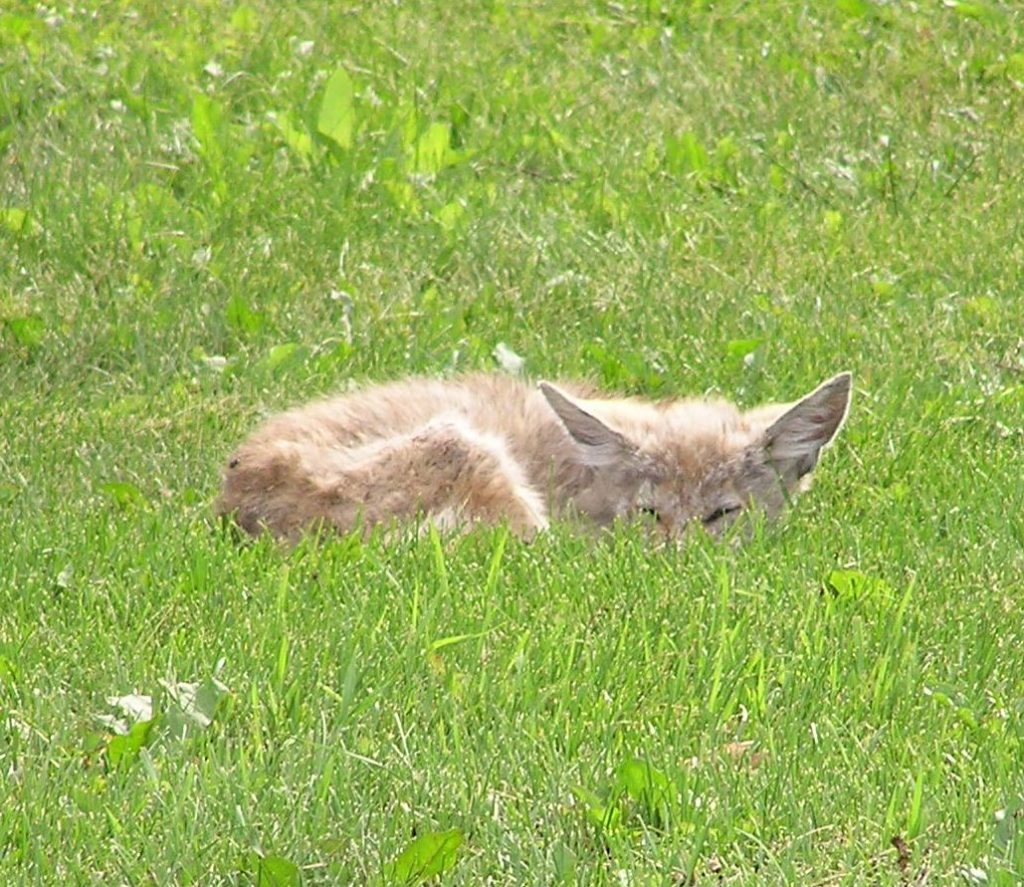
How to coyote-proof your backyard?
Some backyard features can attract coyotes to you, such as having no backyard fencing, leaving fallen fruits from a fruit tree on the ground, and lots of places to hide, such as holes (4). The following are proven methods to keep coyotes out of your backyard:
- Never intentionally or unintentionally feed coyotes. Pet food, garbage and fruit fallen from trees left in the backyard for long periods may attract coyotes.
- Remove low branches on trees that can provide hiding places for coyotes.
- Keep a clean backyard by removing seeds, meat, suet for birds and fallen fruit. These attract mice and squirrels, which are prey for coyotes.
- Install motion-activated lights in your yard.
- Use a durable wire mesh to close off spaces under decks, patios and outbuildings. Keep all spaces that may be used as a shelter closed off and inaccessible to coyotes.
- Make sure your fence is in good repair. Holes in fences may attract curious coyotes into your backyard.
- Take your garbage out only on the morning of collection.
How to keep your pets safe in an area where coyotes have been spotted?
Unfortunately, a coyote cannot distinguish between wild prey and pet animals. Hence any unsupervised pet in the backyard or roaming freely in the neighbourhood are at risk from coyotes. To keep your pets safe:
- Do not allow your cat to roam free in the neighbourhood. You can build a catio for your cat to enjoy outdoors time instead or take your cat out for a walk every day on a leash.
- Always walk your dog on a leash unless you are specifically in a leash-free dog park.
- Supervise your pets when they are outside in your backyard, especially if you have no or low fencing.
- Pick up dog feces and be aware that dog urine may also attract coyotes.
- If you spot a coyote, pick up your small dog. Ensure your large dog is leashed and under your control. Back away slowly and leave the area immediately.
When to call for help?
Coyote attacks on humans are extremely rare but unfortunately do occur sometimes. There may be exceptional circumstances where help may be needed like:
- If you see a coyote that is so sick or injured it can’t move
- If a coyote is behaving aggressively toward people, such as nipping or biting
In such circumstances, call a Fish and Wildlife officer through the Report-A Poacher line at 1-800-642-3800.
References:
- Young, S. P., Jackson, H. H. T. (1978), The Clever Coyote.
- Jeffrey S. Green (1994), The Handbook: Prevention and Control of Wildlife Damage.
- Brochure on Urban Coyotes by the Government of Alberta. https://open.alberta.ca/dataset/fccac5e4-ffa8-445a-8e38-26bbbaca6c97/resource/80aa2bf1-77d8-4194-97f4-959d99c3ca98/download/urbancoyotebrochure.pdf
- Murray, M.H. and St. Clair, C.C. (2017), Predictable features attract urban coyotes to residential yards. Jour. Wild. Mgmt., 81: 593-600. https://doi.org/10.1002/jwmg.21223
- Swandon W., Cruel to be kind: New citizen patrols will scare Edmonton coyotes with sticks and tennis balls, CBC News, Published on Nov 20, 2020. https://www.cbc.ca/news/canada/edmonton/edmonton-urban-coyote-project-patrols-1.5810391
- Killing pesky coyotes not the solution, say Calgary conservation officials, CBC Calgary, Published on June 21, 2017. https://www.cbc.ca/news/canada/calgary/coyotes-cull-calgary-panorama-hills-councillor-1.4171525

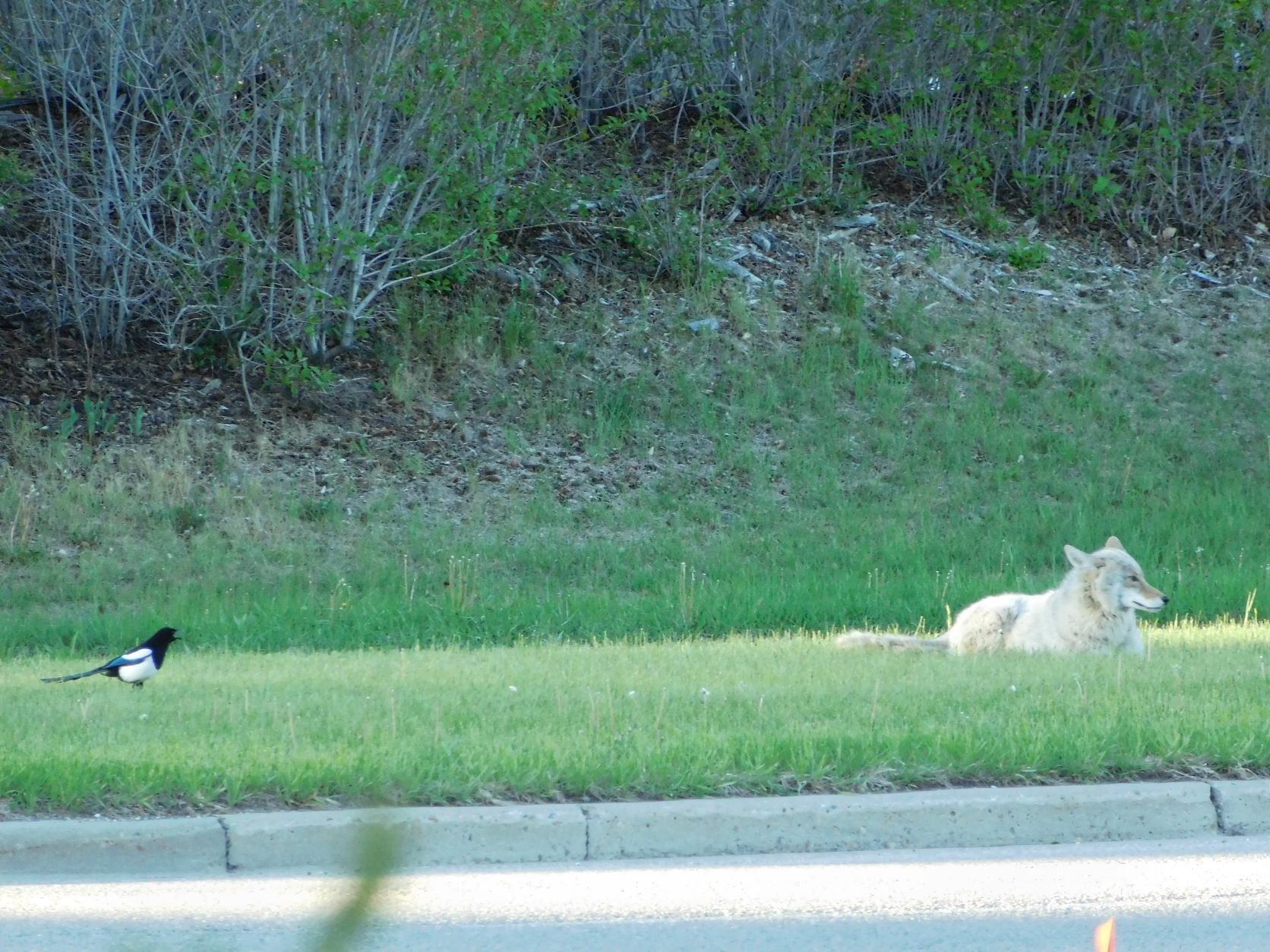
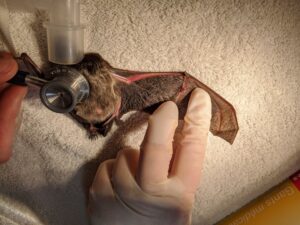
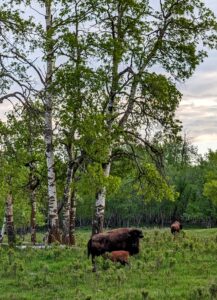
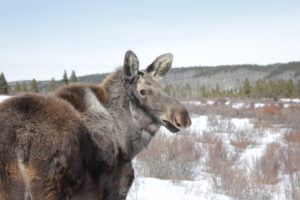


2 thoughts on “Urban Coyotes: Our extremely adaptable wild neighbours”
Hello, the article contains false information in the statement “There have been no deaths in Canada as a result of a coyote attack.”
This article was written in 2021, twelve years after a woman was killed by coyotes in Canada.
See: https://www.cbc.ca/news/canada/nova-scotia/coyotes-kill-toronto-singer-in-cape-breton-1.779304
It would be helpful to provide accurate information.
Thank you for letting us know about this error. The post as been corrected to reflect this information.